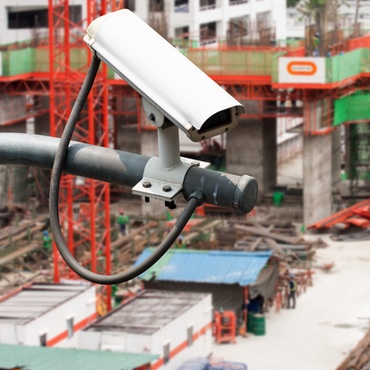Why Invest in a Wireless Fire Alarm System?
Linking temporary fire alarms by cable is a source of frustration for both construction site management and fire alarm engineers. Likewise, installing the cables is one challenge, but keeping them in place as work progresses is an even bigger one. As the project continues to develop and change, the original location of a fire alarm may no longer be suitable.
Wireless fire alarms are the best solution to overcome this hurdle, as they are cable-free and do not need to be fixed into the infrastructure of the construction site, making it very straightforward to move them around as the project progresses.
The big difference between standard fire alarms using cables and wireless fire alarms is their design. Temporary wireless alarms are designed to be adaptable and can be easily repositioned anywhere on the construction site, without having to reprogram the circuitry and reinstall the cables. There is also no risk of a worker accidentally catching on one of the wires, which is another health and safety hazard.
The Code 3 Security fire detection system provides a simple yet effective solution for clients across the UK. Our wireless, battery-powered, radio-linked fire safety systems automatically detect heat and smoke. Our wireless fire alarm monitoring centre also provides 24/7 surveillance, ensuring total peace of mind, even when the construction site is closed.
How Can a Large-Scale Construction Site be Protected from Fire?
On larger sites, hard wiring is generally not feasible, making networked wireless radio linked alarms extremely useful. With a single control panel, you can connect multiple call points, ensuring the entire site is protected from fire.
Some construction sites are enormous, making communication difficult. With a networked wireless fire alarm, a message can be wirelessly transmitted from one side of the site to the other in just a few seconds. The call points do not even need to be within range of the central control, as they can simply pass the message along the line, which is ideal for large buildings and sizeable construction sites, as it greatly increases the area it can cover.
The networked system is easy to use and provides advance warnings, making sure that workers in each area are alerted as soon as an issue is detected. The state-of-the-art system can also tell you exactly which call point has been activated, which one is running low on battery power, and whether any have become disconnected, giving you complete operational oversight.
Moreover, the test function facilitates a quick weekly test procedure, ensuring your health and safety measures stay up-to-scratch at all times.






